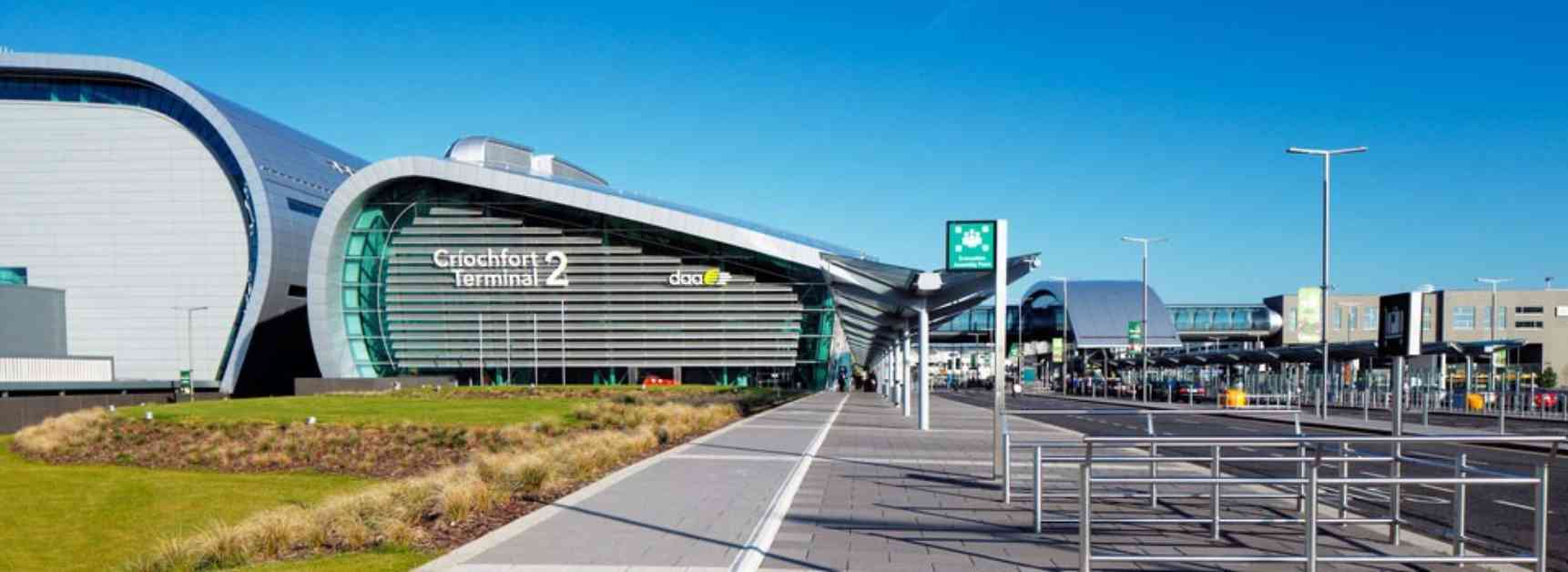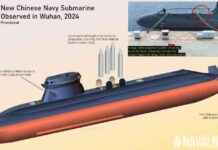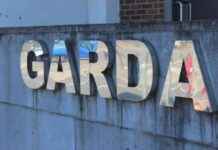Dublin Airport Authority (daa) has been under scrutiny for its handling of flight path issues connected with the North Runway. Since the runway opened in August 2022, residents of several north Dublin areas have raised concerns about the increased noise levels impacting their daily lives. Despite living over 10km away from the airport, many residents claim to be negatively affected by the noise.
Gareth O’Brien, a resident of Ashbourne and a member of the North Runway Technical Group (NRTG), expressed his concerns about the situation. As a pilot and civil engineer, O’Brien highlighted the group’s worries about the airport’s future. He mentioned that the flight paths from Dublin’s north runway unnecessarily overfly 30,000 people outside the designated zone in daa’s Environmental Impact Statement. This has led to numerous complaints to local authorities and daa, affecting the airport’s ability to secure planning permission to raise the passenger cap of 32 million.
According to O’Brien, daa’s focus on commercial aspects, such as running the shopping center in the terminals, has overshadowed critical issues like optimizing flight paths. The NRTG group believes that daa needs to prioritize its role as the developer and operator of the entire airport to ensure sustainable growth. They are calling for Transport Minister Eamon Ryan to appoint directors with relevant qualifications and experience in infrastructure development, engineering/environment, and aviation to oversee the company’s performance in these areas.
During a meeting with daa’s CEO Kenny Jacobs, O’Brien questioned the decision to create unnecessary opposition by flying over residents who could be spared from the noise. The NRTG group has proposed viable solutions to daa, which Jacobs has reportedly refused to consider. Comprising pilots, engineers, and individuals with technical expertise, the group aims to address non-compliant flight paths and minimize the impact on affected communities while supporting the airport’s future development.
In response to the claims made by the NRTG group, daa emphasized its efforts to minimize the impact of airport operations on local communities. While acknowledging the challenges of balancing airport operations with community needs, daa highlighted its initiatives to monitor aircraft noise and engage with affected residents. The airport has installed fixed and mobile noise monitors in the surrounding areas, offered a comprehensive noise insulation scheme to eligible homes, and provided a voluntary buy-out option to homeowners near the airport.
Despite considering the views of local groups like the NRTG, daa stressed the importance of evaluating flight path proposals in a structured manner that takes into account various factors. The airport is collaborating with AirNav and other relevant agencies to explore potential consultation processes that could incorporate community suggestions regarding flight paths. By seeking engagement with airports that have implemented similar processes, daa aims to enhance its approach to addressing flight path concerns and ensuring transparent communication with stakeholders.
Challenges in Optimizing Flight Paths
Optimizing flight paths around airports is a complex task that involves balancing operational efficiency with minimizing noise impact on surrounding communities. In the case of Dublin Airport’s North Runway, finding a solution to address the concerns raised by residents and aviation experts poses several challenges. One key challenge is the need to consider multiple factors, such as aircraft types, prevailing winds, airspace restrictions, and safety requirements, when designing flight paths.
Additionally, the geographical layout of Dublin Airport and its proximity to residential areas further complicates the optimization of flight paths. While modern aircraft are equipped with advanced noise-reduction technologies, the concentration of flight paths over specific neighborhoods can still lead to noise disturbances. Finding a sustainable solution that mitigates noise impacts while ensuring safe and efficient operations requires a comprehensive approach that involves collaboration between airport authorities, aviation experts, and local communities.
Importance of Community Engagement
Effective community engagement is essential in addressing concerns related to flight paths and aircraft noise. By actively involving residents in the decision-making process, airport authorities can gain valuable insights into the impact of their operations and explore alternative solutions that prioritize community well-being. In the case of Dublin Airport, engaging with local communities affected by the North Runway’s flight paths is crucial for building trust, fostering dialogue, and finding a mutually beneficial resolution.
Community feedback can provide valuable data on noise levels, frequency of flights, and specific areas experiencing the highest impact, enabling airport authorities to tailor mitigation measures accordingly. By listening to residents’ concerns, acknowledging their experiences, and transparently communicating plans for optimizing flight paths, daa can demonstrate its commitment to addressing community needs while ensuring the airport’s sustainable growth. Collaborative efforts with local stakeholders can lead to innovative solutions that strike a balance between operational efficiency and community welfare.
Future Steps Towards Sustainable Flight Path Optimization
As Dublin Airport continues to expand and accommodate growing passenger numbers, the need for sustainable flight path optimization becomes increasingly pressing. To address the challenges posed by the North Runway’s impact on nearby communities, daa must prioritize collaboration, transparency, and innovation in its approach to optimizing flight paths. By integrating community feedback, expert insights, and technological advancements, the airport can develop a comprehensive strategy that enhances operational efficiency while minimizing noise disturbances.
Incorporating advanced noise monitoring technologies, conducting thorough environmental assessments, and exploring alternative flight path designs are crucial steps towards achieving sustainable flight path optimization at Dublin Airport. By engaging with local residents, aviation experts, and regulatory agencies in a structured consultation process, daa can ensure that all stakeholders have a voice in shaping the airport’s future development. Through proactive communication, data-driven decision-making, and a commitment to community well-being, Dublin Airport can navigate the complexities of optimizing flight paths while fostering a harmonious relationship with its neighbors.












